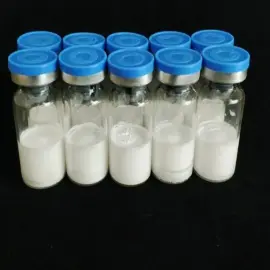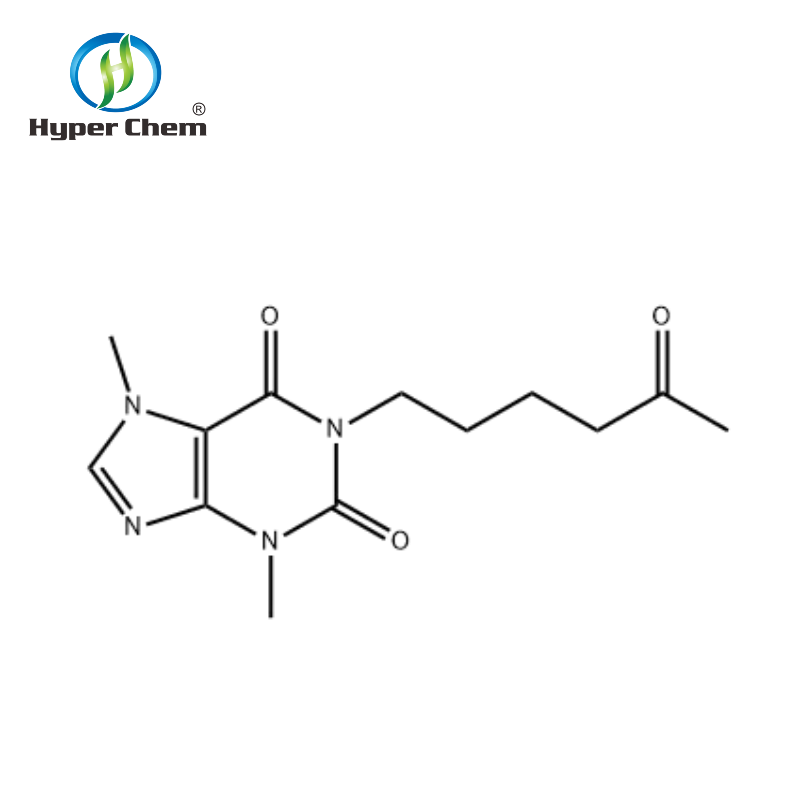-
Categories
-
Pharmaceutical Intermediates
-
Active Pharmaceutical Ingredients
-
Food Additives
- Industrial Coatings
- Agrochemicals
- Dyes and Pigments
- Surfactant
- Flavors and Fragrances
- Chemical Reagents
- Catalyst and Auxiliary
- Natural Products
- Inorganic Chemistry
-
Organic Chemistry
-
Biochemical Engineering
- Analytical Chemistry
-
Cosmetic Ingredient
- Water Treatment Chemical
-
Pharmaceutical Intermediates
Promotion
ECHEMI Mall
Wholesale
Weekly Price
Exhibition
News
-
Trade Service
Naftopidil is a synthetic chemical compound that is commonly used in the chemical industry for various purposes.
It is a moderately basic amide derivative of naftalene-1,5-diamine and 2-naphthalenecarboxylic acid.
This compound is synthesized through several synthetic routes, each of which has its own advantages and disadvantages.
In this article, we will discuss some of the most commonly used synthetic routes for the production of naftopidil.
- The Five-Step Synthesis Route
The five-step synthesis route is one of the most commonly used methods for the synthesis of naftopidil.
This route involves the following steps:
(i) The preparation of naftalene-1,5-diamine from naftalene through a sequence of reactions.
(ii) The coupling of naftalene-1,5-diamine with 2-naphthalenecarboxylic acid in the presence of a strong acid catalyst, such as sulfuric acid, to form an amide derivative.
(iii) The reduction of the amide derivative with lithium aluminum hydride (LiAlH4) to convert it into an alcohol.
(iv) The dehydration of the alcohol using anhydrous sodium sulfate to remove water molecules.
(v) The final dealkylation step, in which the methyl groups are removed from the compound, resulting in the formation of naftopidil.
- The Four-Step Synthesis Route
The four-step synthesis route is another commonly used method for the synthesis of naftopidil.
This route involves the following steps:
(i) The preparation of salicylic acid through the hydrolysis of salicyl chloride.
(ii) The nitration of salicylic acid with nitric acid to form 2-nitro salicylate.
(iii) The coupling of 2-nitro salicylate with naftalene-1,5-diamine in the presence of a strong acid catalyst, such as sulfuric acid, to form an amide derivative.
(iv) The reduction of the amide derivative with lithium aluminum hydride (LiAlH4) to convert it into an alcohol.
The reduction step is followed by the dehydration of the alcohol using anhydrous sodium sulfate to remove water molecules.
Finally, the methyl groups are removed from the compound to form naftopidil.
- The Three-Step Synthesis Route
The three-step synthesis route is a simpler and more economical method for the synthesis of naftopidil.
This route involves the following steps:
(i) The preparation of 2-aminonapthalene-1,5-diamine hydrochloride by treating 2-naphthalenecarboxylic acid with ammonia in the presence of hydrochloric acid.
(ii) The reaction of 2-aminonapthalene-1,5-diamine hydrochloride with lithium aluminum hydride (LiAlH4) in the presence of a solvent, such as ether or tetrahydrofuran, to form an amide derivative.
(iii) The reduction of the amide derivative with hydrogen in the presence of a metal catalyst, such as palladium on barium sulfate, to form naftopidil.
Conclusion
Naftopidil is an important chemical compound that is widely used in the chemical industry.
There are several synthetic routes available for its synthesis, each of which has its own advantages and disadvantages.
The five-step, four-step, and three-step synthesis routes are commonly used methods for the synthesis of naft







